What Spices Are in Tikka Masala? The Essential Ingredients Explained
Tikka Masala is made from a carefully balanced blend of spices that create its signature flavor. The essential spices in authentic Tikka Masala include:
- Cumin: Earthy, warm seeds providing smoky, nutty, savory base notes
- Coriander: Dried seeds ground into powder for floral, citrusy, mild sweetness
- Paprika: Mild red pepper powder adding sweet, earthy flavor and vibrant color
- Garam Masala: Warm finishing blend contributing peppery, floral, woody notes
- Turmeric: Rhizome ground into yellow powder for earthy, peppery flavor and golden hue
- Green Cardamom: Small pods with aromatic seeds providing fragrant, sweet, floral complexity
- Cayenne Pepper: Hot chili powder for customizable spicy heat
- Fenugreek: Golden-brown seeds with maple syrup scent adding bitter, nutty, caramel-like depth
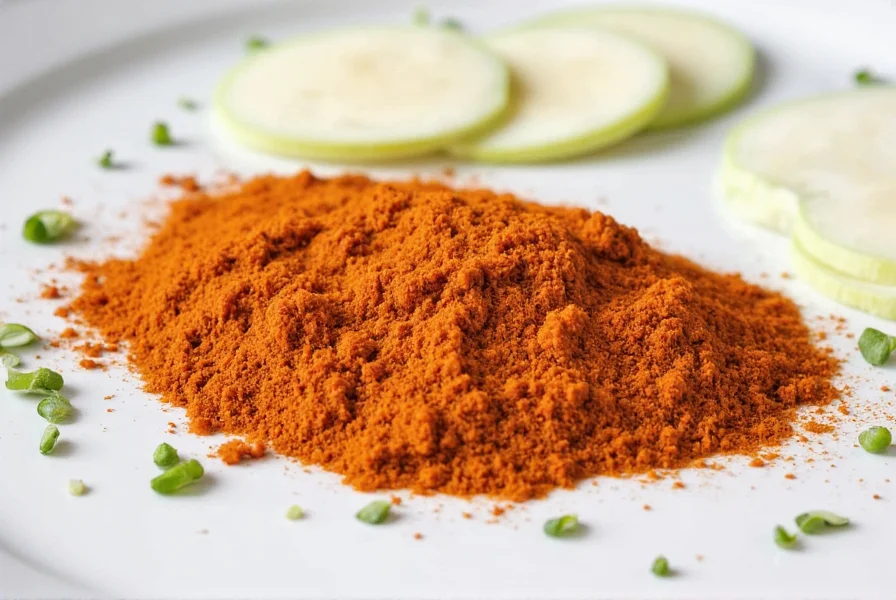
While different chefs may tweak their blends slightly, these eight spices form the core flavor foundation of authentic Tikka Masala. In this guide, we'll explore how each spice contributes to the dish's complex flavor profile, provide a homemade recipe, and share expert tips for perfect results.
How Each Spice Contributes to Tikka Masala's Flavor
Each spice plays a specific role in creating the harmonious flavor profile of Tikka Masala:
| Spice | Description | Flavor Profile | Common Use |
|---|---|---|---|
| Cumin | Earthy, warm seeds with intense aroma | Smoky, nutty, savory | Base for many Indian spice mixes |
| Coriander | Dried seeds ground into powder | Floral, citrusy, mild sweetness | Balances heat and adds depth |
| Paprika | Mild red pepper powder | Sweet, earthy, slight bitterness | Adds color and subtle warmth |
| Garam Masala | Warm finishing spice blend | Peppery, floral, woody notes | Final punch of fragrance |
| Turmeric | Rhizome ground into vibrant yellow powder | Eartly, peppery, slightly bitter | Color and mild anti-inflammatory kick |
| Cardamom (Green) | Small pods with aromatic seeds | Fragrant, sweet, floral | Adds complexity and perfume |
| Cayenne Pepper | Hot chili powder | Sharp, fiery heat | Customize spiciness level |
| Fenugreek | Golden-brown seeds with maple syrup scent | Bitter, nutty, caramel-like | Adds depth and richness |
Flavor Breakdown: How Each Spice Works Its Magic
Let's dive deeper into why these spices are essential and how they work together:
- Cumin: The backbone of any Indian spice mix, cumin brings a smoky warmth that forms the base of the flavor.
- Coriander: Balances the dish by adding a touch of sweetness and floral notes, helping temper the heat from other spices.
- Paprika: Adds beautiful red-orange color and a gentle earthy flavor without overwhelming heat.
- Garam Masala: Usually added toward the end, it provides a final wave of warm, fragrant complexity.
- Turmeric: Known for its golden hue and mild bitterness, turmeric also acts as an antioxidant powerhouse.
- Cardamom: Often called the "queen of spices," green cardamom lifts the whole dish with a sweet, almost perfumed aroma.
- Cayenne Pepper: Controls the spice level—use more for a fiery kick or less for milder palates.
- Fenugreek: Adds a unique, almost maple-like sweetness and rounds out the overall flavor beautifully.

DIY Tikka Masala Spice Mix – Make Your Own Like a Pro!
Creating your own tikka masala spice blend allows you to control the intensity and balance to match your taste. Here's a tried-and-true homemade version:
Homemade Tikka Masala Spice Blend Recipe
- 2 tbsp ground cumin
- 2 tbsp ground coriander
- 1 tbsp paprika
- 1 tsp garam masala
- ½ tsp turmeric
- ½ tsp ground green cardamom
- ¼ tsp cayenne pepper (adjust to taste)
- ½ tsp fenugreek powder
Mix all ingredients thoroughly and store in an airtight container. Use 1–2 tablespoons per standard serving of chicken or paneer tikka.
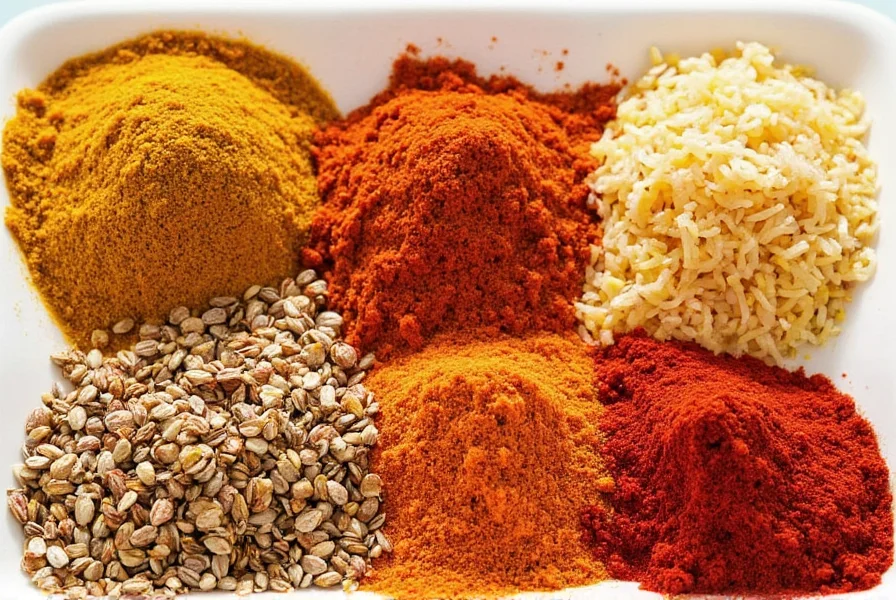
Buying Guide: Pre-Mixed vs. Whole Spices
If grinding your own spices isn't your thing (or you're short on time), there are plenty of quality pre-mixed options available. Here's a quick buying guide to help you choose wisely.
Top 5 Recommended Tikka Masala Spice Brands
| Brand | Features | Advantages | Best For | Price Range |
|---|---|---|---|---|
| Mrs. Dash Tikka Masala Blend | No salt added, preservative-free | Healthy, low-sodium option | Those watching sodium intake | $ |
| McCormick Tikka Masala Seasoning | Convenient, widely available | Consistent flavor, easy to find | Weeknight cooking | $ |
| Shan Tikka Masala Mix | Restaurant-style strength | Strong, bold flavor, fast prep | Authentic taste lovers | $$ |
| Kalustyan's Organic Tikka Masala | Organic, ethically sourced spices | High-quality, sustainable | Health-conscious cooks | $$ |
| Spice Garden Whole Tikka Kit | Whole spices included | You roast and grind yourself | Home spice grinders | $$$ |
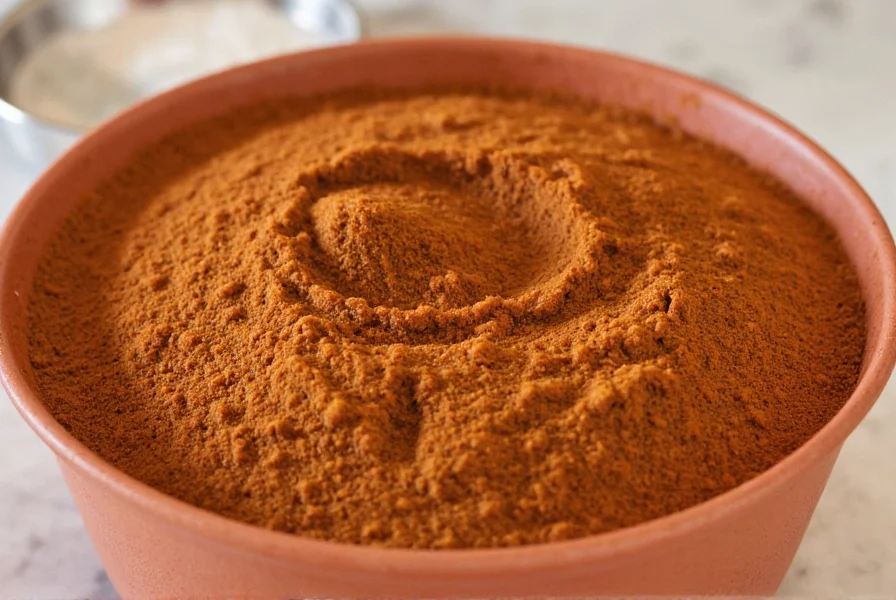
Pro Tips for Using Tikka Masala Spice Like a Chef
Whether you're marinating chicken or tossing veggies, here are some expert-level tricks to get the most flavor out of your spice blend:
- Marinate longer – Let meats sit with the spice mix for at least 2 hours, preferably overnight.
- Toast before use – Dry roasting whole spices first enhances aroma and depth.
- Layer your spices – Add part during marination and part during cooking for layered flavor.
- Finish with garam masala – A sprinkle at the end gives that signature aromatic lift.
- Pair with dairy – Coconut milk or yogurt helps balance the spice and intensify creaminess.
- Use oil properly – Toasting the spice mix in oil first unlocks the full potential of the aromatics.
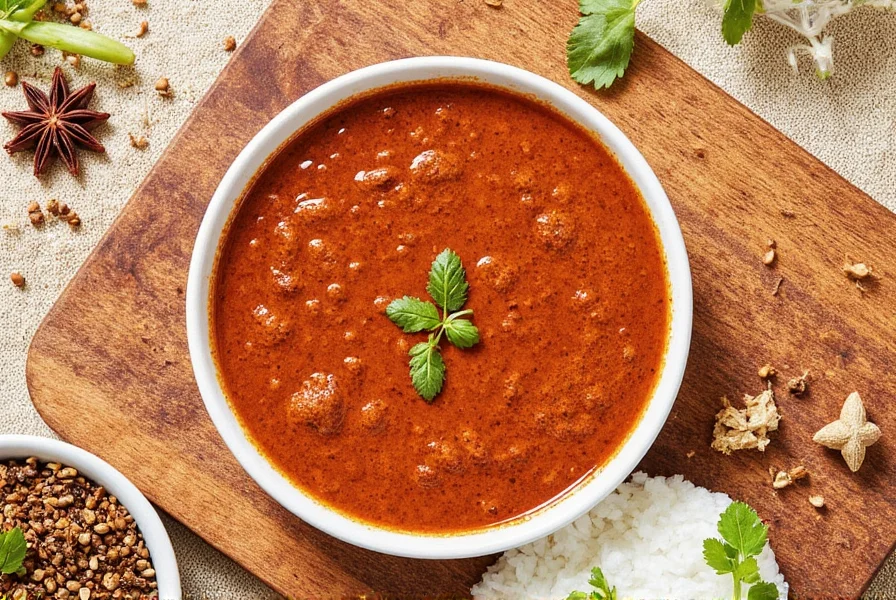
Frequently Asked Questions About Tikka Masala Spices
What are the essential spices in Tikka Masala?
The essential spices in authentic Tikka Masala include cumin, coriander, paprika, turmeric, garam masala, cardamom, cayenne pepper, and fenugreek. Cumin and coriander form the flavor base, while garam masala and cardamom provide the distinctive aromatic finish. Fenugreek adds that signature slightly sweet, maple-like note that's characteristic of the dish.
Is Garam Masala the same as Tikka Masala spice mix?
No, they're different. Garam masala is a warm spice blend typically used as a finishing spice in many Indian dishes, while Tikka Masala spice mix is specifically formulated for the Tikka Masala dish. Tikka Masala spice mix actually contains garam masala as one of its components, along with other spices like cumin, coriander, and paprika in specific proportions that create the signature creamy, tomato-based curry flavor.
Can I make Tikka Masala without some of the spices?
Yes, but with some caveats. You can substitute or omit certain spices based on availability, but the flavor profile will change. The absolute essentials are cumin, coriander, and turmeric. Paprika can be replaced with mild chili powder, and if you don't have fenugreek, you can use a tiny bit of maple syrup for that distinctive note. However, omitting too many spices will result in a dish that doesn't have the authentic Tikka Masala flavor profile.
How long does homemade Tikka Masala spice mix last?
When stored properly in an airtight container away from heat and direct sunlight, homemade Tikka Masala spice mix will retain its optimal flavor for 6-8 months. Whole spices last longer than pre-ground ones—up to 1-2 years—but once ground, the essential oils begin to dissipate. For best results, label your container with the preparation date and check for freshness by smelling the spices; if they've lost their strong aroma, it's time to make a new batch.
What's the difference between Tikka Masala and Curry powder?
While both are spice blends, they have distinct flavor profiles. Curry powder is a British creation that typically contains turmeric as the dominant spice, giving it a yellow color and earthy flavor. Tikka Masala spice mix has a more complex profile with equal emphasis on cumin, coriander, and paprika, resulting in a reddish-orange color. Tikka Masala also contains fenugreek for that distinctive slightly sweet note, while traditional curry powder usually doesn't. Tikka Masala is specifically designed for the creamy tomato-based sauce, whereas curry powder is more versatile across different dishes.
Can I substitute any spices in Tikka Masala for dietary reasons?
Yes, there are several substitutions you can make. For a nightshade-free version (avoiding tomatoes and peppers), replace paprika with annatto powder for color. If avoiding fenugreek due to allergies, use a tiny bit of maple syrup for sweetness. For lower heat, reduce or eliminate cayenne pepper. If you're sensitive to turmeric's bitterness, reduce the amount and increase the coriander for balance. Remember that substitutions will alter the traditional flavor, but you can still create a delicious dish tailored to your dietary needs.
Master the Magic of Tikka Masala Spices
Now that you know exactly what spices are in Tikka Masala, you can experiment confidently in your kitchen. Whether you make your own spice mix or go for a trusted brand, understanding the role each ingredient plays lets you tweak the flavor to your liking.
So grab those spices, fire up the pan, and let the rich, complex aroma of Tikka Masala transform your meals from ordinary to extraordinary. And remember, like any good love story, it's all in the details—and the spices!
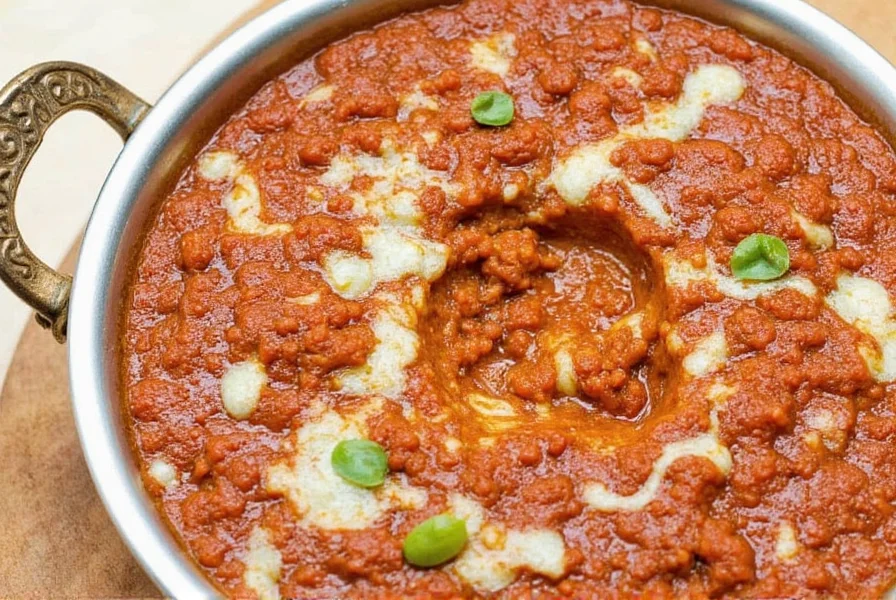










 浙公网安备
33010002000092号
浙公网安备
33010002000092号 浙B2-20120091-4
浙B2-20120091-4